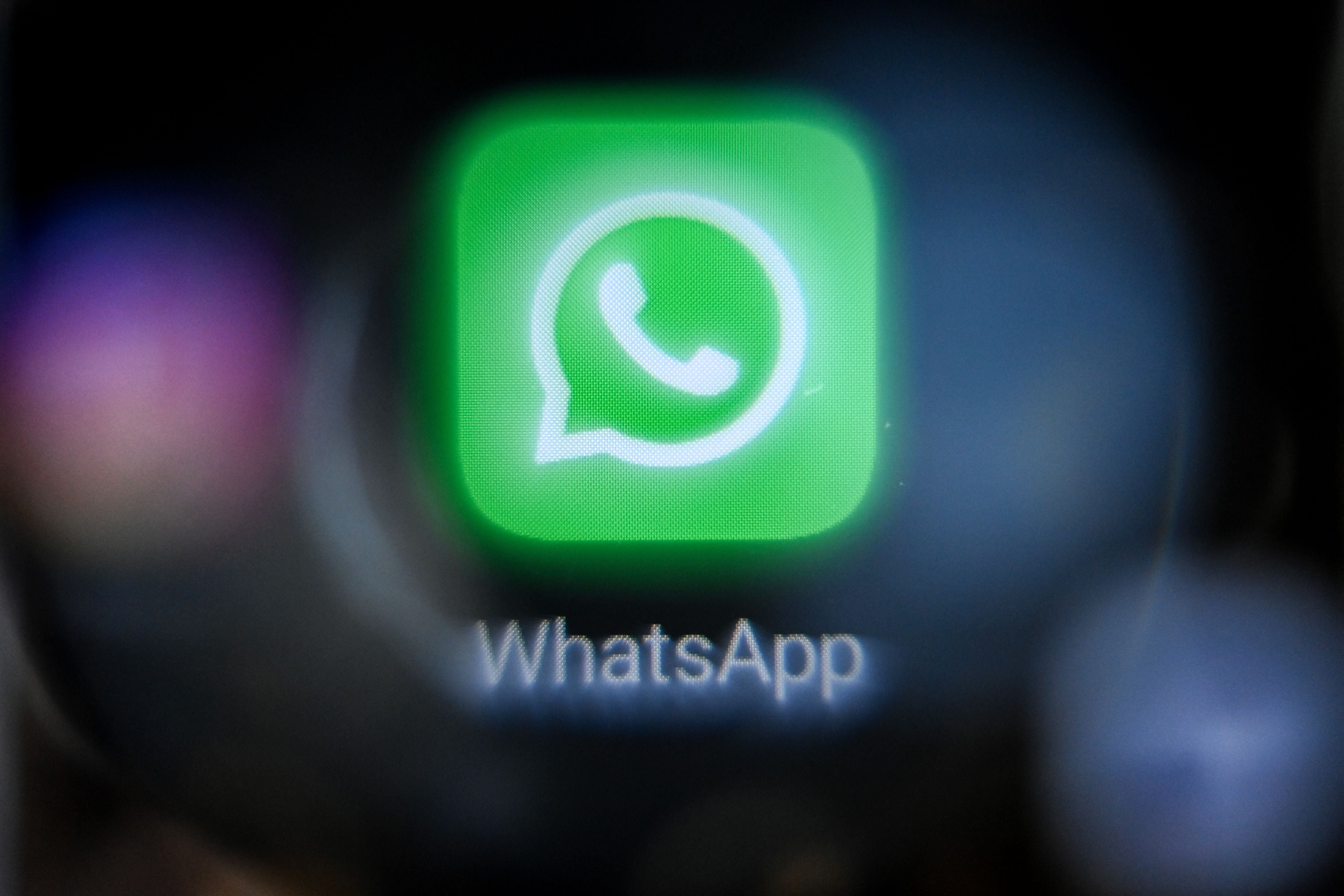WhatsApp reverses tiny design change that left users ‘outraged’
Changes to ‘Online’ and ‘Typing’ indicators had upset users

Your support helps us to tell the story
From reproductive rights to climate change to Big Tech, The Independent is on the ground when the story is developing. Whether it's investigating the financials of Elon Musk's pro-Trump PAC or producing our latest documentary, 'The A Word', which shines a light on the American women fighting for reproductive rights, we know how important it is to parse out the facts from the messaging.
At such a critical moment in US history, we need reporters on the ground. Your donation allows us to keep sending journalists to speak to both sides of the story.
The Independent is trusted by Americans across the entire political spectrum. And unlike many other quality news outlets, we choose not to lock Americans out of our reporting and analysis with paywalls. We believe quality journalism should be available to everyone, paid for by those who can afford it.
Your support makes all the difference.WhatsApp will reverse a controversial new tiny change to its design.
Recently, some users found that the “online” and “typing” indicators had been subtly tweaked. The company changed the words to have capital letters at the start.
The change is tiny – but led many users to express their upset about the new look.
“WhatsApp changing the online status from online to Online has sent me west…….why upset me like this,” one tweet read. Others called it “icky” and asked “why is this bothering me so much”.
Some users complained about the visual nature of the design, and the fact that the O and the T were now much closer to the small image of the person who is online or typing. But most simply argued that it was an unnecessary change that had left them confused.
A number of tweets on the issue have been reshared thousands of times.
Now, WhatsApp has told The Independent that the change was a test with a limited number of users – and that it will be reversed.
It did not give any information about how many people had seen the test, or why it had decided to reverse it. It also did not make clear when the change back would happen on affected users’ handsets.
WhatsApp regularly runs tests that then do not make it into the public version of the app.
Some users had reported that they had seen the change on one version of the app, but not on another, for instance. It was reported across Android and iOS, but not on every device running those versions of the app, and was seemingly not present on the web and desktop versions.
WhatsApp did not explain the decision when it was first made, and it was first spotted on people’s devices last week.
As well as representing a change from the previous design, it was also a departure from the norm among messaging apps. Other Meta services such as Facebook Messenger use lower case for similar messages, and so do third-party apps such as Telegram.
Join our commenting forum
Join thought-provoking conversations, follow other Independent readers and see their replies
Comments